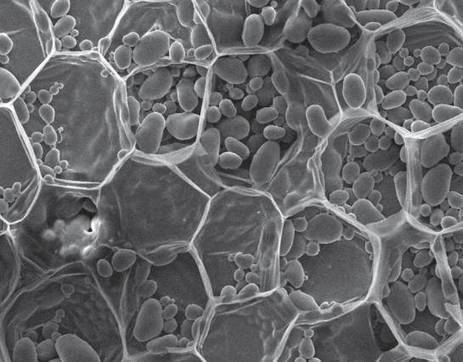"If you take a close look at a leaf from a tree and you’ll notice the veins that run through it. The structure these veins take are what’s called a quasi-fractal hierarchical networks. Fractals are geometric shapes in which each part has the same statistical character of the whole. Fractal science is used to model everything from snowflakes and the veins of leaves to crystal growth. Now an international team of researchers led by Helmholtz-Zentrum Berlin have mimicked leaves’ quasi-fractal structure and used it to create a network of nanowires for solar cells and touch screen displays."
Research and publish the best content.
Get Started for FREE
Sign up with Facebook Sign up with X
I don't have a Facebook or a X account
Already have an account: Login
 Your new post is loading... Your new post is loading...
 Your new post is loading... Your new post is loading...

Elke B. Bachler's curator insight,
April 4, 2015 6:14 AM
There is still so very much useful to discover in nature! |
|
















